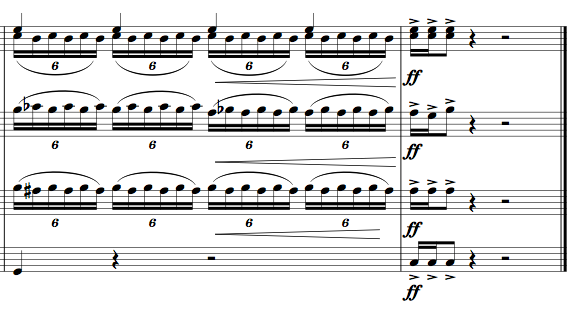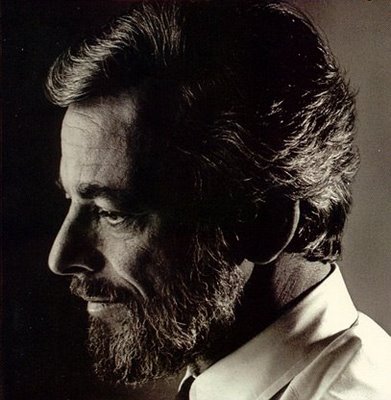Owen Pallett rocks my world
Owen Pallett‘s new album Heartland is just fantastic. I was introduced to his work by Sequenza21 and after listening to a couple of tracks I made a special trip to Aquarius Records to pay full price for the CD (hooray for supporting artists and local record stores). It was that compelling.
A month later, the album is still gorgeous. Rhythmically complex, richly textured, an intriguing mix of electronica and acoustic instruments, affecting modal melodies. I’m so happy that this music is being made. Just listen to the opening track “Midnight Directives”
[audio:https://musicvstheater.com/wordpress/wp-content/uploads/2010/05/01-Midnight-Directives.mp3|titles=01 Midnight Directives]The snare drum rhythm that kicks in around 0:53 bears more than a passing resemblance to Bjork’s Hunter. After a few listens I became very enamored of the complex pizzicato line at 1:15. Eventually I started searching YouTube to see if there was a video to go along with it. Here’s what I found.
httpv://www.youtube.com/watch?v=6jnvYLXvKCY
OMG. Ya see. I hadn’t realized he was a loop artist. I mean, I remember seeing it mentioned, but hearing the album, the looping aspect of things just didn’t register. The material was too rich, too interesting to just be another looper. Sure, when he’s doing the solo performance bit, the textures aren’t as varied as the fully orchestrated album cuts, but still. He’s completely shattered my previous beliefs about what loop musicians can and can’t do.
I wonder how this piece was conceived. Was it a solo piece first? If that’s the case, than the tape delayed pizzicato line must have been one of the original elements, as opposed to the pretty textural addition that I believed it was after hearing the album track.
If you’re in San Francisco, Owen Pallett is playing at the Independent tomorrow, May 5. Tickets are only $16. I’m going to try to make it, but I’ve got a rehearsal up in Petaluma that evening. Hopefully I’ll get out in time.
Here’s one more video from Owen Pallett. It feels a wee bit like an underbaked casserole of images and ideas, but it’s still a fun watch. Especially when Alison Pill shows up. Oh my god is she adorable.
httpv://www.youtube.com/watch?v=7G-cqAehehA


